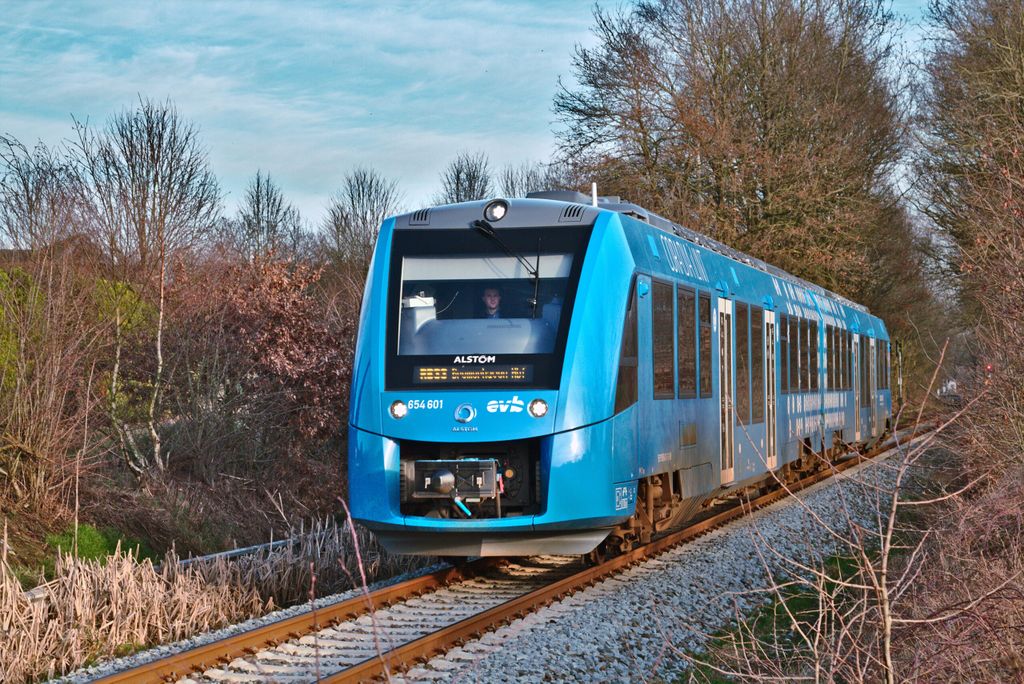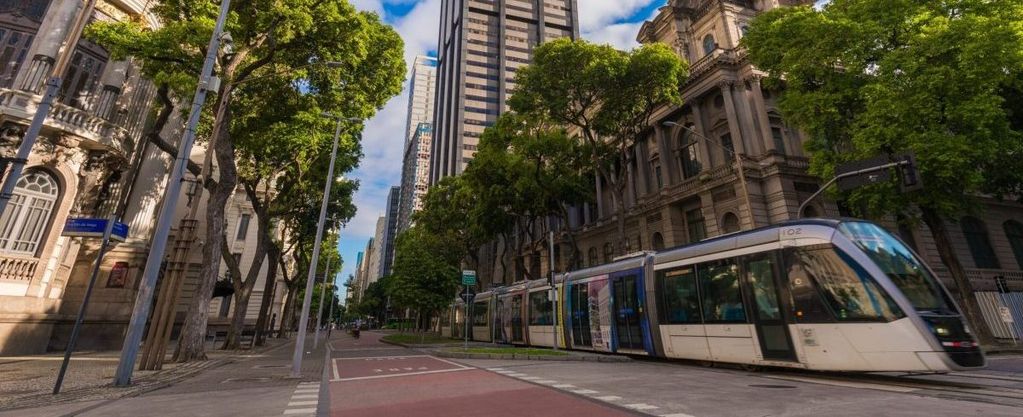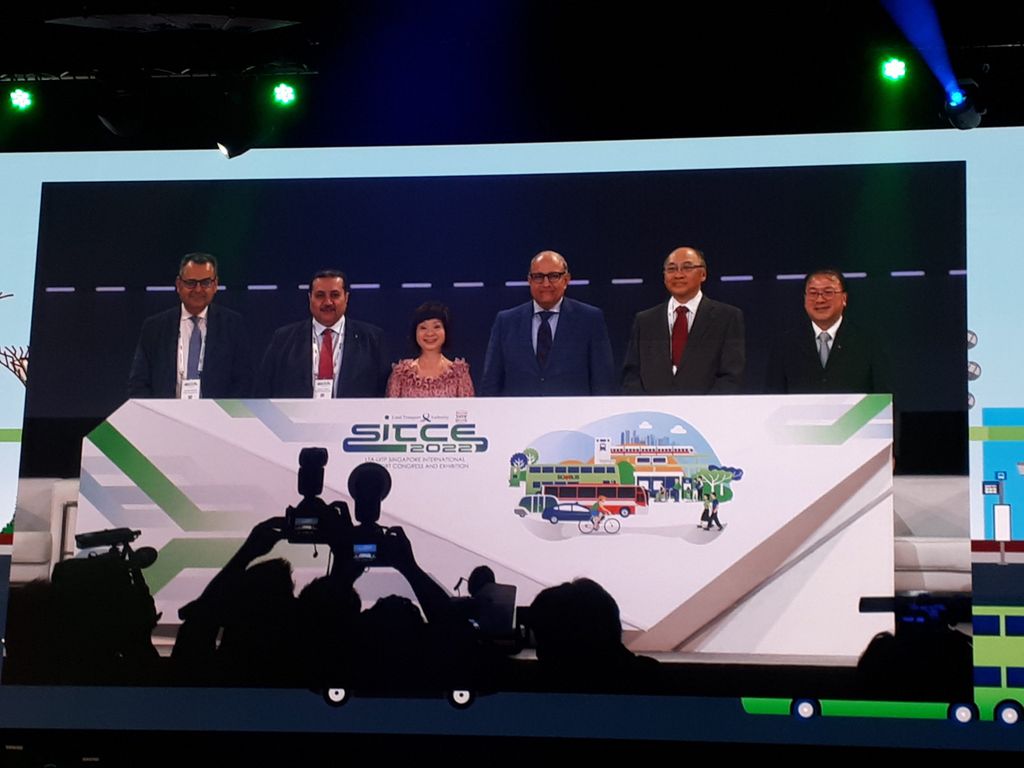
Catenary not an option? Innovative solutions already exist
Overhead electric wires, or catenary lines, are often used to power transport using electricity. But what about when the overhead electrification infrastructure is not feasible for a specific network or line?
Many solutions already exist, from batteries, to hydrogen power and supercapacitors. UITP has already worked on these topics and published reports, both for light rail systems and rural and suburban railway systems. Working together through knowledge sharing and learning best practices will help to find the best solution for any given line or network. While there is no simple one-size-fits-all solution, there are many to choose from
Catenary systems are not always viable
Catenary systems provide power at any moment while a vehicle is on its network via its overhead wires and are often used in the electrification of transport, such as electrified rail lines.
However, catenary systems are not always an option. Historical areas of cities such as UNESCO World Heritage Sites may require limited visual obstructions, requiring tram and light rail systems to find an alternative. Similarly, narrow streets or an inability to attach catenaries to building facades may also be an issue. The wires can also prevent high vehicles or objects to pass through the network. They’re also more vulnerable in areas with more extreme weather such as ice, which can impact regional and mainline railways. Furthermore, depending on factors like frequency of use and return on investment, installing a catenary network may not be financially viable.
But what can be done when catenary systems are not feasible? Several technologies already exist as solutions for different modes of public transport.
Hydrogen: onboard clean power with a long range
In recent years, hydrogen technology has been seen as a promising alternative for road and railway applications to move away from fossil fuels. The use of Hydrogen Fuel Cells (HFCs) can be used as an onboard energy source. It has become particularly viable as a solution where technical issues make electrification unattractive, such as in low-traffic rural railways.
Emitting just water and heat, the consumption of hydrogen also delivers environmental benefits compared to other sources of energy.
Battery power: saving costs and offering flexibility
Battery-powered public transport vehicles are already in operation across the globe. Using battery power can bring about energy savings and minimise operations costs by reducing maintenance and installation requirements of the catenary electrified infrastructure.
To practically implement batteries in a public transport system, there are several factors to consider. The more demanding the route is, the higher the energy consumption will be. Factors include how flat the landscape is, using air conditioning and/or heating, number of passengers, and speed and driving style. When more energy is required, a bigger battery may be preferable and can require more charging. This charging can happen before/after operations at a depot, or a smaller battery can be used in conjunction with more charging stops during operations, or in-motion charging. The factors must be taken into account when choosing what kind of battery works for a given network, but different solutions work for the needs of a given network.
Supercapacitors: high power quickly
Supercapacitors are an energy storage device that quickly stores and releases electrical energy through electrostatic forces. Unlike batteries, they are great at delivering rapid bursts of power, but store less energy for extended durations.
When compared with batteries, supercapacitors have faster charge-discharge properties and offer longer lifecycles and higher efficiencies.
Supercapacitors can also work particularly well as a secondary energy source in moments when the load is particularly heavy and additional energy may be required.
Ground-level power supply: energy from the ground up
When overhead electrification infrastructure is not viable, particularly for light rail systems, power can also be stored and provided via underground infrastructure below the tracks through ground-level power supply technology.
This technology can overcome the obstacles to electrification such as visible or physical limitations to overhead catenary lines, allowing light rail systems to pass through urban historical city centres like UNESCO World Heritage Sites without the burden of the overhead infrastructure.
The solutions are already there for the picking
The technological solutions offering alternatives to catenary lines are numerous, viable, and already out there working in the real world. Limitations still apply when considering large investments can be needed, but working together to share knowledge and best practices ensure the right solution is used when overhead electrification is not possible.







